Trisomy 18, 13, & Related Disorders
A Research Newsletter For Health Professionals
Issue Number 1, Spring, 1993 (note: the guidance table below was updated in 2005)
The following pages are from Trisomy in Review, Trisomy 18, 13, and Related Disorders, a Research Newsletter published in the spring of 1993. We hope they can provide helpful information.
Sincerely,
D. Scott Showalter, M.D., M.P.H.
John C. Carey, M.D., M.P.H.
Introduction: Professional Newsletter
The purpose of this newsletter is to provide summaries of current work that deal with Trisomy 18, 13 and related disorders. The contributions to this newsletter will include concise and timely reviews of topics as well as an annotated bibliography of the more important papers on these serious chromosomal syndromes. The newsletter will also publish announcements of meetings and conferences related to these chromosomal disorders, and, book reviews, position papers and letters to the editor on issues dealing with these syndromes.
The publication of this “Journal Club” of pertinent medical literature is designed to assist the practitioner in obtaining a handle on the wide range of topics in this area. This concept is crucial as the number of new journals and publications in the fields of maternal fetal medicine, pediatrics and clinical genetics increases on a yearly basis. In addition, families of children with uncommon problems frequently report the frustration that health professionals are not familiar with their child’s particular condition. Our goal, then, is to promote discussion of the important themes in the care of persons with the disorders as well as to make the practitioner’s job of keeping up with the literature easier. We would welcome comments about this newsletter and future ideas for position papers, commentaries, or format.
Funding for this newsletter came from the Mountain States Regional Genetics Services Network. The editors and staff gratefully acknowledge the help and support of Joyce Hooker, Coordinator of MSRGSN.
Health Supervision & Anticipatory Guidance for Infants & Children with Trisomy 18 & 13: Suggested Guidelines
In the last ten years, a novel approach to the clinical care of persons with genetic disorders and congenital malformations has emerged from the disciplines of medical genetics and pediatrics. This model consists of the rational development of guidelines for routine medical care, screening, and follow up of individuals with syndromes. This particular notion is not unique as multidisciplinary clinics caring for persons with complicated disorders have been dealing with these issues for years. The novel concept here relates to the adaptation of guidelines taken from a well-child model to infants and children with genetic disorders. The strategy actually implies that the primary care practitioner has a definite role in orchestrating such care and in most circumstances actually represents the primary manager. This author has summarized the basic principles surrounding this model of health supervision and anticipatory guidance for children with genetic disorders in a recent review and position paper (Carey, 1992). The purpose, then, of this report is simply to apply that model in more detail to the care of children with trisomy 18 and 13 and present these suggestions in tabular form.
Given the survival figures for trisomy 18 and 13, one might posit that the development of such guidelines is unnecessary. The author has chosen to propose these suggestions for two reasons: First, although many children with trisomy 18 and 13 do not survive the first year of life, the pediatric care provider has the opportunity to help families in these situations and this guidance is really a prototype for the concept of anticipatory guidance in its fullest meaning. The theme of ongoing psychological support is also exemplified by a discussion of the care of a child with trtsomy 18 and 13. Second, for the children who do survive the newborn period, discussion of care issues is obviously important for those families, infants, and their doctors. Many of these suggestions have come from the experience with the annual conferences of the Support Organization for Trisomy 18, 13 and related disorders (SOFT).
The reader is referred to the discussion of the natural history issues in trisomy 18 in the above mentioned paper. Most of the issues regarding natural history, developmental disability, and medical complications of trisomy 18 apply almost identically to trisomy 13. The major differences primarily involve the different patterns of malformation in trisomy 18 and 13. This difference includes the type of heart defect that is present in the respective conditions as well as the potential presence of the holoprosencephaly defect in children with tnsomy 13. This central nervous system malformation may be a factor in the survival of infants with trisomy 13. To say it another way, the presence of semilobar or alobar holoprosencephaly may in and of itself be related to the early infancy death in children with trisomy 13. If this is the case, then the absence of this finding might be important in the early medical care of a child with trisomy 13. (For specifics on mortality figures and life tablesin trisomy 18 and 13 see the paper in Pediatric Clinics and the discussion in the research summaries later of this newsletter.)
The Table is meant to provide a framework and checklist for medical care, follow up and screening of infants and children with trisomy 18 and 13. Note in reviewing the Table that precise figures for most medical complications are unknown. Baty, et al. did present data at the 1989 American Society of Human Genetics summarizing the medical complications from a questionnaire study of over a hundred families of children with trisomy 18 and 13. This presentation is in abstract form and to our knowledge is the only detailed look at some of these medical complications other than the usual textbook listing of congenital malformations (Baty BJ, et al. 1989).
Also note that the issues surrounding medical care in infants with trisomy 18 and 13 are exceedingly complex. This is primarily due to the high mortality in children with both syndromes. It is important to recall, however, that about 5-10% of children with trisomy 18 and 13 do survive infancy and thus, precipitate the need for discussion of these issues. Very few generalizations can be made about decision making in infants or older children with trisomy 18 and 13. Each case must be taken on an individual basis and the practitioner must acknowledge the personal feelings of the parents, as well as the individual circumstances of each child. Although many children with these syndromes do not survive infancy, it is important to review with the parents the expected clinical course of the condition and to prepare a management plan for those who do go home. The author has found that the theme of ~best interest of the child” helps as a guiding principle in decision making throughout life. From the experiences of discussing these issues with parents of children with trisomy 18 and 13, there appear to be three themes that continue to emerge:
- It is important to recall that about five to ten percent of children with these syndromes do survive the first year of life; thus, the condition is not universally “lethal.” Parents often remark that the condition is often labeled as invariably lethal, especially in the prenatal scenario.
- While the developmental disability in children with trisomy 18 and 13 is significant, it is important to recognize that children do advance to some degree in their milestones. Children with trisomy 18 and 13 smile, interact with their family, do not regress, and when there is survival past infancy, acquire skills such as rolling, self-feeding. signs. Thus, generalizations that “these” children do not ever interact with their family does not match the experience with older infants (see discussion of abstract at International Congress of Human Genetics, by Baty, et al, below).
- Families in these situations appreciate the opportunity to participate in the decision making.
The care and support of a family of a child with a serious chromosomal disorder is both a challenge and an opportunity. The Table
has obviously simplified the complicated day-to-day aspects ofcopmg with the impact of trisomy 18 or 13. The author however, recognizes the unique and crucial role of primary care practitioners in care-taking.
References:
Baty BJ et al (1989): A Natural History Study of Trisomy 18 and
13.Am J Hum Gen 45:71A.
Carey JC (1992): Health Supervision and Anticipatory Guidance for Children with Genetic Disorders (Including Specific Recommendations for Trisomy 21, Trisomy 18, and Neurofibromatosis I). Pediatr Clinics of North America 39:25-53.
Faucette KJ et al (1991): Trisomy 18 and Wilms Tumor: is there an association? Clin Res 39:96A.
Health Supervision & Anticipatory Guidance for Infants & Children with Trisomy 18 & 13
Infants (0-1)
| MANIFESTATION / THEME | DIAGNOSTIC or SCREENING TEST / REFERRAL |
|---|---|
| Congenital Heart Defects | Cardiac evaluation, including echocardiogram in newborn period |
| Developmental Disability | Referral to early intervention program/Referral to other programs for children with disabilities (OT, PT speech/hearing) |
| Growth Delay | Measure length, weight, head circumference at every visit; plot on trisomy |
| Feeding Difficulties | Referral to dysphagia or feeding team; assessment for GE reflux, consider G-tube at 6 months |
| Hearing Loss | Audiology 6-8 months of age; follow-up as needed |
| Neurologic / Central Nervous System | Neuroimaging in newborns and infants with trisomy 13 as needed |
| Ocular Malformations | Routine in trisomy 13; as indicated in trisomy 18 |
| Neoplasia (Wilms Tumor / Hepatoblastoma) | Every 6 month abdominal ultrasound at 6 months in children with trisomy 18 |
| Other Respiratory | Referral to Pediatric Pulmonology where appropriate |
| DIFFICULTIES | |
| Genetic Issues | Referral for medical genetics consultation and genetic counseling |
| Family coping | Family counseling as needed; referral to support group, local, national SOFT; distribute written information |
Older Children
| Developmental Disability | Referral to special education and other educational resources (PT, OT, speech) |
| Urinary Tract Infection (UTI) | High risk of suspicion; evaluate when needed |
| Scoliosis (especially in Trisomy 18) | Follow closely; referral to Orthopedics as indicated |
[Carey, 2005]
Research Summary / Journal Club
Introduction
In the following section, we will present a list of key references that relate to the biology. phenotype, natural history, management, counseling, and prenatal diagnosis of trisomy 18 and 13. In many of the papers, we will provide a critique. Future issues, will also include a bibliography and critical analysis on papers on other related disorders, especially ones that have similar medical issues to trisomy 18 and 13. Certainly the introduction of FISH (fluorescent in situ hybridization) in the past year, will precipitate a number of exciting clinical correlation papers in the next few years.
The references are primarily obtained through the Medline of the National Library of Medicine. References from 1988 through 1992 were collected and reviewed. Papers of the last few years that brought up key issues in trisomy 18 and 13 were selected and the editors have provided comments on the most important of these papers. Just to give the reader a sense of the number of papers on trisomy 18 in particular, the Medline search revealed 36 papers in 1989, 41 papers in 1990, and 30 papers in 1991. Topics related to prenatal diagnosis of trisomy 18 represented the dominant theme among these papers. The editors would appreciate any comments about the ensuing discussions.
Phenotype & Natural History
Partial Trisomy 18
- Wilson GN, Heller KB, Elterman Rd, and Schneider NR (1990): Partial Trisomy 18 With Minimal Anomalies: Lack of Correspondence Between Phenotypic Manifestations and Triplicated Loci Along Chromosome 18. Am J. Med Gen 36:506-510.
- Binkert, Stranzinger J, Schinzel A (1990): Partial Trisomy of Chromosome 18 (pter-q12) Following a Familial 18;21 Translocation rcp (18;21)q(q12;q11). Hum Hered 40:81-84
- Reed T (1991): Hypothesis: Association of a Clinical Region of Trisomy 18 and 18q2 – Syndrome with Dermatoglyphic Findings and a Growth Suppressor (Deleted in Colon Cancer) Locus. Clin Genet 39:391-395
These three clinical reports raise the crucial issue of the critical region responsible for the classical trisomy 18/Edwards syndrome. The report by Wilson et al presents a two year old boy with partial trisomy 18 (18pter-q-12) who has microcephaly, developmental delay, and very few phenotypic changes (most of which were also similar to his mother who had normal chromosomes). The authors suggest that this case, like others in the literature, support the notion that no one region of chromosome 18 is sufficient to produce the classical phenotype. They argue that “interaction among a number of individual triplicated loci is also involved in generating the trisomic phenotype.” The case of Binkert and colleagues represents a boy who has trisomy for the entire short arm and the top two bands of the long arm of 18. While the child has a multiple congenital anomaly syndrome with developmental delay, he certainly would not be identified as having the trisomy 18 syndrome. These cases are of note because Mucke, et al suggested that if there was a critical band it would have been in the area that is triplicated in these patients (Mucke J, et al. Hum Gen 1982; 60;205). Reed proposes an interesting hypothesis related to the possible role of regulator genes being triplicated and producing the phenotypic finding of excessive arches in dermatoglyphics. Her review suggested that the phenotypic finding of excessive arches is probably related to genes in the distal half of the 18 long arm. Since there is a tumor suppressor locus related to colon cancer in this area, Reed postulates that this growth regulator may be altered during embryogenesis and be related to the dermatoglyphic finding.
Besides the issue of a critical region for the trisomy 18 phenotype, these papers also bring up the ongoing discussin in the literature about whether or not aneuploidy syndromes are due primarily to developmental instability or whether the syndromes represent a composite of the genes in the region, i.e., an additive effect. Reed provides the reader with some of the key references that have entered into this controversy (perhaps a discussion of this controversy is an interesting topic for a future newsletter). Wilson and colleagues suggest that in fact, their patient plus their review of the literature would argue that the contribution of the triplicated loci to the phenotype is “neither additive or invariant.” The argument would be closer to the developmental instability hypothesis as opposed to the notion of a combination of specific genes.
Comment:
One is limited in being able to come to firm conclusions about genotype/phenotype correlations from this type of data. First, there are only a small number of cases in each category of partial trisomy. For example, our review indicates that there are only five reported patients who have partial trisomy for the upper portion of the long arm with or without triplication of the short arm. Since this seems to be one of the key regions for discussion of the critical region, one is hard pressed to make any definite conclusions. Secondly, the issue of the intrinsic variability of the phenotype is important in this discussion. The marked variability of a relatively well-defined condition like Down syndrome underscores this point. Lastly, and probably most importantly, a firm definition of the phenotype of classical trisomy 18 has not been reached. Epstein, et al. (Epstein CJ, Korenberg JR, Anneren G, et al: Protocols to Establish Genotype/Phenotype Correlations in Down Syndrome. Am J Hum Genet 1991; 49:207-235) proposed protocols to evaluate the phenotypic aspect of the Down syndrome. We would propose the development of such guidelines in both trisomy 18 and 13. Our review would suggest that the most distinctive and specific features in trisomy 18 be investigated in genotype/phenotype correlation. Wilson’s paper at least began this process. The features that are relatively specific, consistent and easy to quantify in trisomy 18 include the characteristic hand positioning (overlapping finger second on third, fifth on fourth, with hypoplastic nails); short sternum (less than tenth percentile by standard anthropometric measurements); the specific defect of the heart i.e. ventricular septal defect with polyvalvular heart disease, (see below); the high mortality in the first year of life; and the predominance of arches on the fingertips. In addition, the facial phenotype, while not as distinctive and recognizable as is the facial findings of Down syndrome, is consistent and can be recognized by the experienced observer. Quantificatin of this facial gestalt and even the characteristic ear configuration of trisomy 18 could be accomplished. Also radial aplasia while not specific to Trisomy 18, could be used as a phenotypic sign of mapping. This point is not entirely academic: Understanding of the mechanizms of aneuploidy may be generalizable to other conditons. Progress in the molecular mapping of Down syndrome has occurred recently and is well-summarized in the paper by Korenberg and colleagues (Korenberg JR, Bradley C, Distache CM: Down Syndrome: Molecular Mapping of the Congenital Heart Disease and Duodenal Stenosis. Am J Hum Gnet, 1992; 50:284-302). This type of work could be accomplished for these features in Trisomy 18.
Congenital Heart Defects
- Vanpraagh S, Trumen T, Firpo A, Bano-Rogriga A, Freid R, McManis B, Engel MA, and Vanpraagh R: Cardiac malformations in trisomy 18: A study of 41 postmortem cases. JAm Coil Cardiol (1989); 13:1586-1597.
- Musewe NN, Alexander DJ, Teshima I. Smalihorn JF, FreedomRM:Echocardographic evaluation of the spectral cardiac anomalies associated with trisomy 18 and 13. J Am Coil Cardiol (1990); 15:673-677.
- Balderston SN, Schaffer EN, Washington RL, and Sondheimer HM: Congenital polyvalvular disease in trisomy 18; Echocardiographic diagnosis. Pediatr Cardiol (1990); 11:138-142.
These three papers present a series of patients with trisomy 18 and in one paper, trisomy 18 and 13, who have congenital heart disease. The paper by Vanpraagh, et al. reviews the cardiac malformation detected at autopsy in 41 cases. The papers by Musewe, et al. and Balderston, et al. review the echocardiographic findings in children with trisomy 18 and 13. In the paper by Baiderston, the presence of congenital polyvalvular disease was evaluated in 15 patients with trisomy 18 and the pattern was compared to the echocardiographic findings in 12 infants who had dysmorphic features but not due to a chromosome abnormality.
Comment:
These three papers strongly support the notion that the pattern of heart valve malformations in trisomy 18 in particular, is nonrandom and relatively specific. This concept, of course, is not unusual as the nonrandom pattern of heart defects in Down syndrome and Turner syndrome have been documented for years. However, most textbooks seem to indicate that the pattern of defects in both Trisomy 18 and 13 are simply shunt lesions, ie. VSD, ASD, and patent ductus arteriosis. In Vanpraagh’s paper, 93% of patients had a VSD with polyvalvular disease, ie. malformations of more than one valve. In addition, double outlet right ventricle occurred in 4 of the 41 cases indicating the nonrandomness of this unique malformation as a component manifestation of the syndrome. A striking absence of transposition of the great vessels and inversion defects was also noted. The two echocardiographic series continued to document specificity of this combination of VSD with polyvalvular heart disease. In Balderston’s series, all trisomy 18 patients had polyvalvular disease with 6 of the 15 having 4 valve involvement.
While these findings have significance in regards to the pathogenic mechanism of heart disease in trisomy syndromes, they are also Important because the nonrandomness may be helpful in both prenatal diagnosis or in the diagnosis of deceased infants who were not able to be karyotyped. In addition, as mentioned above, attempts at genotype/phenotype correlation in future studies of the classic tnsomy 18 syndrome, should include attempts at mapping this specific pattern of polyvalvular disease.
Survival Studies
- Goldstein H, Nielsen ICG (1988); Rates and Survival in individuals with Trisomy 13 and 18. Clinical Genetics, 34:366-372.
This study looked at survival figures in babies with trisomy 18 and 13 ascertained in a manner that gathered all of the regional patients in a defined 10-year period (1977-1986). The authors examined the survival of 76 liveborn babies with trisomy 18 and 19 babies with trisomy 13. The investigators estimated the prevalence at birth of both conditions,. Survival was similar in both conditions and showed that about 50% of babies died by one week of age and about 90% by 5 months of age.
Comment:
This study represents the third published since the mid-1980′s that document survival in an unselected cohort of babies with trisomy 18 during a defined time period. The study by Goldstein is the first population based study of trisomy 13 survival yet published. Previous investigations from the 1960′s usually came from smaller series that included the reported series with literature cases. These early studies were limited by selection bias because of literature publications, as well as their inability to demonstrate complete ascertainment (as can occur in the more recently evolved congenital malformation registries). What is of note in all three of these recent investigations is the occurrence of poor survival figures compared to the original papers in the 1960′s. In addition to these three literature studies, a Utah investigation published in abstract form, showed similar figures to the three cited papers (Root 5K, Carey JC; 1991 Trisomy 18 survival in Utah, Clin Res 39;64A). All four investigations indicate that about 50% of liveborn infants with trisomy 18 have died by one week of age and about 90% by six months off age. Less than 10% of infants survive the first year of life. All four investigations confirm the previous observation that females survive more than males.
These studies are helpful in the clinical scenario because the figures are applicable to the prenatal diagnostic setting. One important question. however, is why do these recently obtained figures that boast total ascertainment demonstrate poorer survival than the studies of the 1960′s? Several factors may account for the differences in these investigations; First, the mean age of diagnosis in one early study was two months of age. This is older than one usually expects to make the diagnosis of Trisomy 18 at the present time. This suggests that many of the infants with trisomy 18 who died in the first week of life were not included in these early investigations. Since trisomy 18 was only recognized in the literature in 1960, and because newborn intensive care nurseries did not start to emerge in general pediatric care until after that time, it is certainly possible that many children went undiagnosed in the 1960′s.
Secondly, one could postulate the following; the introduction of prenatal diagnosis, especially by ultrasound, in the last decade has led to more frequent second and third trimester diagnoses of trisomy 18 and 13; this increase in prenatal diagnosis in the latter part of pregnancy allows the doctor and families to have a diagnosis prior to birth and the knowledge of that diagnosis could impact recommendations surrounding delivery management and recuscitation in the newborn period. Thus, one could posit that increased prenatal diagnosis of trisomy 18 has led to change in management strategies. From the Utah study, this author can state that most of the cases were not prenatally diagnosed and thus, were cared for in the obstetric and delivery room setting without knowledge of the diagnosis or its prognosis. Further detailed studies are necessary to sort out whether or not prenatal diagnosis and delivery management options are a factor in survival. This discussion brings up the controversial issue of labor and delivey management in fetuses with trisomy 18 diagnosed in the latter part of pregnancy. Discussion of the literature on this topic is planned for a future newsletter.
Thirdly, we could propose that management of infants with Trisomy 18 is different now than in the 1960′s, perhaps due to less aggressive medical care in recent years. This could be the case yet the field of neonatology had hardly developed in the 1960′s, 50 to say that infants in the first week of life were treated more aggressively 25-30 years ago does not fit the historical aspects.
One fact does stand out, however; some infants with Trisomy 18 and 13 do survive the first year of life.
- Smith A, Field B, Learoyd BM. Trisomy 18 at Age 21 Years. Am J Med Gen (1989) 36:338-339.
The authors of this paper are giving the reader an update on an individual with trisomy 18 that they have reported over the years. This person represents the oldest individual with trisomy 18 in the literature. The authors bring up the point, of course, that survival into adulthood is certainly possible in trisomy 18.
Oncology
- Mamlock V, Nichols M, Lockhart L, Mamlock R (1989): Trisomy 18 and Ilepatoblastoma. Am J Med Gen 33:125-126.
These authors report an infant with trisomy 18 who is discovered to have a hepatoblastoma at autopsy performed after death from other causes. This case represents the second literature report of an individual with trisomy 18 and hepatoblastoma suggesting that infants with this chromosomal syndrome may be at risk for this embryonal tumor.
Comment:
In addition to the occurrence of case reports of infants with trisomy 18 and hepatoblastoma, there are two literature reports of individuals with trisomy 18 who developed a Wilms tumor. Fawcett, et al. reported two other girls with trisomy 18 who developed a Wilms tumor, (at the Western Society for Pediatric Research meetings in February of 1991, Clinical Research 39:96A). The authors are also aware of two children in Europe with trisomy 18 and a Wilms tumor. Given the frequency of survivors in trisomy 18 and the incidence of Wilms tumor, one would expect only one case of both disorders in the United States reported thus far in this century and there are in fact at least four known in the U.S. in the last 25 years. Thus. it appears that children with trisomy 18 are at an increased risk to develop a Wilms tumor. The pattern in these four children is somewhat different than the average Wilms tumor case since three of them were five years of age or older. This observation, plos the fact that there have been a few individuals with msomy 18 who are detected to have a nodular renal blatema at autopsy (which is thought to repreent a potential premalignant lesion) supports the notion of a true relationship.
From a clinical point of view, this inforation suggests that routine ultrasound of the abdominal cavity in older infants with trisomy I 8 is warranted. These tumor associations are also of some significance for those interested in the biology of tumorigenesis in individuals with chromosonial disorders and malformation syndromes. Perhaps the hepatoblastoma and the Wilms tumor predisposition in children with trisomy 18 will provide some insight in the pathogenesis of these embryonal tumors.
Prenatal Diagnosis
- Achiron R, Barkai G, Katznelson MB, and Mashiach S. Fetal Lateral Ventricle Choroid Plexus Cysts: the Dilemna of Amniocentesis. Obstet Gynecol (1991) 78:815-818.
- Twining P, Zuccollo J, Clewes J, Swallow J. Fetal Choroid Plexus Cysts: A Prospective Study and Review of the Literature. British J Radiology (1991) 64:98-102.
- Platt LD, Carlson DE, Medearis AL, Walla CA. Fetal Choroid Plexus Cysts in the Second Trimester of Pregnancy: A Cause for Concern. Am J Obstet Gynecol (1991)164:652-6.
- Benacerraf BL. Harlow B, Frigoletto FT. Are Choroid Plexus Cysts an Indication for Second Trimester Amniocentesis. Am J Obstet Gynecol (1990) 62:1001-1006.
These four papers add to the current controversy regarding the association of choroid plexus cysts (CPC) of the fetal lateral ventricle and the occurrence of trisomy 18. The paper by Achiron and colleagues is a relatively unselected cohort study that determines that the incidence of CPC in their Israeli population is 0.6%. Two of their 30 fetuses with CPC’s had trisomy 18. The authors make a number of assumptions regarding the occurrence of CPC’s in the second trimester fetuses with trisomy 1 8 and estimate a figure of 25 of 38 fetuses from the literature or about 66%. Taking this figure, as well as the prevalence of trisomy 18 in newborns, and the frequency of CPC’s in the general population, the authors calculate that the risk of trisomy 18 in a fetus with a CPC is 3.3%. Allowing for the assumption that about 70% of fetuses with trisomy 18 will have other anomalies on ultrasound, the authors estimate that the risk of trisomy 18 in a fetus with no other anomalies at ultrasound is about 1%. Since this figure is higher than the usual risk estimated for a woman of 35 years of age, the authors recommend amniocentesis in second trimester diagnosed cases of CPC. Twinning’s study is also a relatively unselected cohort which showed a yield of one fetus with trisomy 18 in 19 who had a CPC. One other case in their series had trisomy 21. These authors emphasize the frequency of other anomalies on ultrasound in fetuses with trisomy 18 and recommend amniocentesis only when there are other anomalies or when the cysts are greater than 13 mm. and bilateral. The paper by Platt and colleagues recommends routine amniocentesis in cases of second trimester detected CPC. Their cohort is more selected, and detects 3 cases of trisomy 18 out of 62 that have an amniocentesis. In the discussion at the end of the paper, the authors recommend that we “inform our patients of this relationship and offer an amniocentesis and whether the couple accepts the recommendation is entirely up to them.” In contrast to the opinions of Platt and Achiron, Benaceraf, et al take the opposite position. These authors basically performed a case control study looking for the frequency of CPC’s in patients diagnosed with trisomy 18 fetuses through their amniocentesis and ultrasound program. Six of 21(28.6%) fetuses imaged in the second trimester between 13.5 and 18 weeks had a CPC.
These authors used this figure (which was lower than the figures proposed by Achiron) and took the prevalence of trisomy 18, the frequency of CPC’s in second trimester fetuses in general, and the occurrence of other anomalies on ultrasound in trisomy 18 and estimated that only one fetus with trisomy 18 would be detected for every 477 normal fetuses with CPC’s (assuming no other sonographic abnormality). Because of this low-positive predictive value in fetuses with CPC and no other anomalies on ultrasound, the authors felt that amniocentesis was not indicated in this situation.
Comment:
CPC’s were first described on a prenatal ultrasound in 1984 inS fetuses who were normal. Since that time, a number of case reports and series have appeared suggesting some association between the presence of second trimester CPC and chromosome abnormalities, especially trisomy 18. In these series, about half of all CPC’s detected are bilateral. Some are loculated and complex and the mean size is about 6 to 7 mm. Eighty to 94% resolve by 24 weeks of pregnancy depending upon the series. CPC’s appear to be normal variants of histogenesis of the choroid plexus. Thus, like other phenotypic variations, it is biologically plausible to say that they occur with increased frequency in individuals with trisomy 18 or trisomy 21.
Taken together 31 cases of trisomy 18 with CPC in prenatal ultrasound have been reported in the literature since 1985. These cases either occurred as individual case reports, in small series, or in the epidemiologic cohort studies. Eleven prospective investigations have occurred but only 4 of them are unselected. The other studies have some degree of selection bias due to their referral system. These four studies include the ones cited above by Achiron and Twinning, as well as 2 other studies (Ostlere, et al and Camurri) (see citations below).
These four series involve second trimester scans on over 24,000 pregnancy resulting in 159 CPC’s, an incidence of 0.7%. Seven of these 159 or 4.4% had trisomy 18. This figure of CPC in ultrasound represents an emperic estimate of the occurrence of trisomy 18. However, this figure may still be too high given publication bias. This concept involves the notion that there is a tendency for investigators to report only their positive findings and thus, the negative studies rarely occur in such analyses. The theoretical risk of trisomy 18 in second trimester CPC’s discussed above (papers of Achiron and Benacerrof) could also be used as an estimation of risk. However, these authors make a number of assumptions about figures in their studies: the crucial figure is the frequency of CPC’s in second trimester fetuses with trisomy 18. This particular figure is probably somewhere between the 28.6% estimated by Benacerrof and the 66% estimated by Achiron; a precise figure, however, is not available. The risk, then, of trisomy 18 in a second trimester fetus with a CPC is somewhere between 0.9 and 5% depending on one’s approach and assumptions. It is, however, also of note, that about 70-80% of second trimester fetuses with trisomy 18 will have one or more other ultrasound detected defects. Thus, the occurrence of trisomy 18 in a fetus with a CPC and otherwise normal ultrasound, is between 1 and 400 and 1% depending upon the chosen assumptions and figures. Despite the limitations of small numbers, selection bias in most of the cohorts and publication bias, this editor would lean toward the figure of 1% and feel that the presentation of the option of amniocentesis is warranted. In regards to the issue of bilateral ity or size of the cyst, there is a tendency in the cases of trisomy 18 for the cyst to be bilateral and larger than 10mm but the numbers are too small to factor these issues into the equation. As in all cases of reproductive risk counseling, this information would need to be presented to the family and the final choice would be up to them.
Other Important References of Recent Years (1988 – 1992)
BIOLOGY/ETIOLOGY
Kupke KG, Muller U, Parental Origin of the Extra Chromosome in Trisomy 18. Am J Hum Genet (1989) 45:599-605
NATURAL HISTORY/PHENOTYPE
Tanaka K, Uemoto S, Asonuma K, Katayama T, Utsunomiya H, Akiyama Y, Sasaki MS, Ozawa K, Hepatoblastoma in a 2 year girl with trisomy 18, Eur-J-Pediatr-Surg. (1992 Oct.) 2(5):298-300
Carey JC, Health Supervision and Anticipatory Guidance for Children with Genetic Disorders (including specific recommenations for trisomy 21, trisomy 18, and neurofibromatosis I). Ped Clinics of North America (1992) 39:25-53.
Wurster-Hill DH, Marin-Padilla JM, Moeschler JB, Park JP, and McDermet M. Trisomy 18 and 18 p- features in a case of isochromosome 18q[46,WY,i(18q)]: prenatal disgnosis and autopsy report, Clin Genet (1991) 39:142-148.
Van Dyke DC, Allen MA. Clinical Management Considerations in Long-Term Survivors with Trisomy 18. Pediatrics (1990) 85:753-764.
Kinoshita M., Nakamura Y, Nakano R, Morimatsu M, Fukuda S, Nishimi Y, Hashimoto T. Thirty-one Autopsy Cases of Trisomy 18: Clinical Features and Pathological Findings. Pediatr Path (1989) 9:445-457.
Marion RW, Chitayat D, Hutcheor RG, Neldich JA, Zachal EH, Singer LP, and Warman M. Trisomy 18 score: A rapid, reliable Diagnostic test for trisomy 18. J Pediatr (1988) 113:45-48
PRENATAL DIAGNOSIS
Rebaud A, Chardon C, Rebaud MF, Berland M. Prenatal screening for cysts of choroid plexus. Evolution and interpretation of 30 cases. J-Gynecol-Obstet-Biol-Reprod-Paris. (1992) 21(6):665-670
Nadal AS, Bromley BS, Frigoletto FD Jr., Estroff JA, Benacerraf BR. Isolated choroid plexus cysts in the second trimester fetus: is amniocentesis really indicated? Radiology. (1992 Nov.) 185(2):545-548
Staples AJ, Robertson EF, Raniere E, Ryall RG, Haan EA. A Maternal Serum Screen for Trisomy 18: An extension of Maternal Serum Screening for Down Syndrome. Am J Hum Genet (1992) 49:1025-1033.
Hill LM, MacPherson T, Rivello D, and Peterson C. The Spontaneous Resolution of Cystic Hygromas and Early Fetal Growth Delay in Fetuses with Trisomy 18. Prenatal Diagnosis (1991) 11:673-677.
Hill LM, Marchesem S, Peterson C, Fries J. The Effect of Trisomy 18 on Transverse Cerebellar Diameter. Am J Obstet Gynecol (1991) 165:72-75.
Nyberg DA, Mahony BS, Hegge FN: Enlarged Cisterna Magna and the Dandy-Walker Malformation: Factors Associated with Chromosome Abnormalities. Obstet Gynecol (1991) 77:436-442.
Saller DN, Keene CL, Sun CCJ, Schwartz S. The Association of Single Umbilical Artery with Cytogenetically Abnormal Pregnancies. Am J Obstet Gynecol (1990) 163:922-925.
Ginsberg N, Cadkin A, Pergament E, Verlinsky Y. Ultrasonographic detection of the second-trimester fetus with trisomy 18 and trisomy 21. Am J Obstet Gynecol (1990) 163:1186-90
Ostlere SJ, Irving HC, Lilford RJ. Fetal Choroid Plexus Cysts: a report of 100 cases. Radiology (1990) 175:753-755.
Camurri L, Veniura A, Prospective Study on Trisomy 18 and Fetal Choroid Plexus Cysts. Prenatal Diagnosis (1989) 9:742
Wladimiroff JW, Stewart PA, Reuss A, Sachs ES. Cardiac and Extra-Cardiac Anomalies as Indicators for Trisomies 13 and 18: A Prenatal Ultrasound Study. Prenatal Diagnosis (1989) 9:515-520.
Benecerraf BR, Miller WA, Frigoletto FD. Sonographic detection of fetuses with trisomies 13 and 18: Accuracy and Limitations. Am J Obstet Gynecol (1988) 158:404-9.
COUNSELING
Black RB, Weiss JO. Genetic Support Groups in the Delivery of Comprehensive Genetic Services. Am J Hum Gen (1989) 45:647-654.
Review of Abstracts
International Congress of Human Genetics, October 6-11, 1991, Washington D.C., USA (Sponsored by the American Society of Human Genetics) Am J Hum Genet, Supplement 49(4):1A-504A, 1991.
The 8th International Congress of Human Genetics represented an exciting meeting for genetics professionals. Over 2883 posters or presented abstracts were available in the Proceedings. (Am J Hum Gen 49: 1-504A). The recent application of molecular genetics to the clinical domain was an obvious theme at the meeting. A number of posters and platform presentatins involved the bio-medical aspects of trisomy 18 and 13. Baty and colleagues at the University of Utah presented an update of their ongoing study on the natural history of children with these two syndromes: Developmental records were obtained on 50 individuals with trisomy 18 and 12 with trisomy 13. While the overll developmental quotients indicated that these children were functioning in the severe developmentally handicapped range, they did achieve many milestones of childhood. A number of the older children with trisomy 18 were able to crawl, play independently, help with hygiene, stand unsupported, and use signs. Some older children with trisomy 13 were able to walk and attained potty training. This particular study confirmed what had been observed by professionals who have worked with older infants and children with trisomy 18 and 13: while there is significant developmental disability, there is progression of milestones and the occurrence of inter-active skills. Acquisition of these milestones is usually assumed to not occur in older children with these disorders.
Two presented papers involved the use of low maternal serum human chorionic gonadotropin and MSAFP in the prediction of trisomy 18. Both indicated a usefulness of the triple screen in trisomy 18. These abstracts were those of Blitzer, et al: Low maternal serum human chorionic gonadotropin in second trimester trisomy 18 pregnancies: (Abstract 1139) and Palomaki, et al: Prospective trial of the screening protocol to identify trisomy 18 using maternal serum alpha-fetoprotein. Unconjugated estriol and human chorionic gonadotropin: (Abstract 1238). The paper by Blitzer presented useful sensitivity, specific and predictive values.
Dr. Christian from Los Angeles presented a poster on mosaic trisomy 13 (Abstract 1424). The authors emphasized the difficulty in making any clinical conclusioons from the percent of abnormal cells. Another important abstract was 1469: this poster presented one of the long-term survivors with trisomy 18 who had developed a Wilms tumor at age 11 years. This young man died of “cardio-pulmonary arrest” at age 20 years 5 months and represented long-term follow-up of this important case. He represents one of the two cases in the literature of persons with trisomy 18 who developed a Wilms tumor.
Mewar, Kline and Overhauser presented a paper on “The Localization of the Clinical Region for the Trisomy 18 Syndrome Using Molecular Techniques and Insituhybridization.” (#1695) The authors analyzed several patients with partial duplications of 18q12 to qter who have the “trisomy 18 phenotype.” Two patients with interstitial duplications of 18q12 to 18q21 do not have the classical characteristics. The issue of phenotype/karyotype/genotype correlation in trisomy 18 was discussed above in the critique of one of the papers.



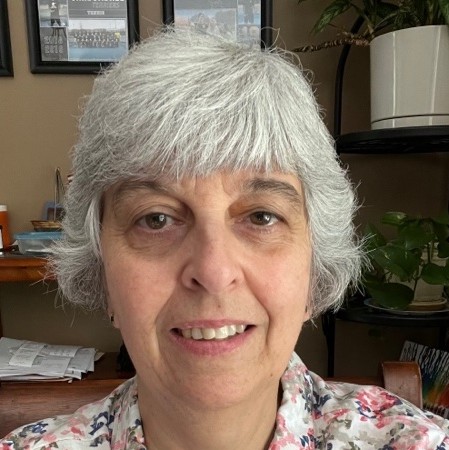
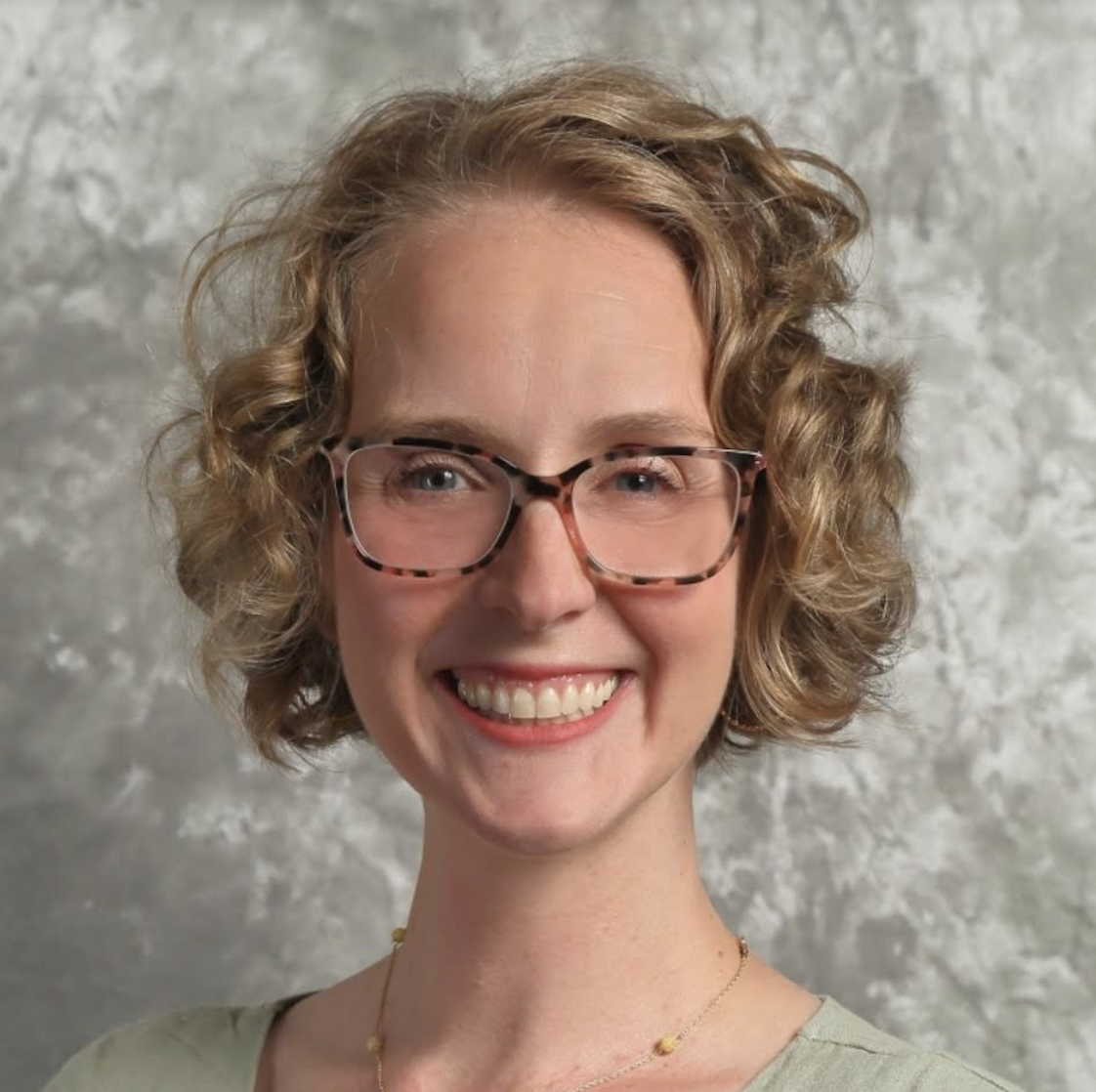

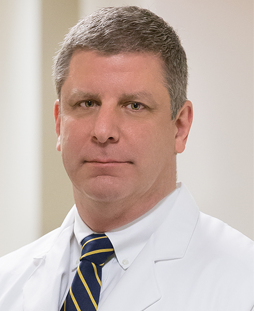

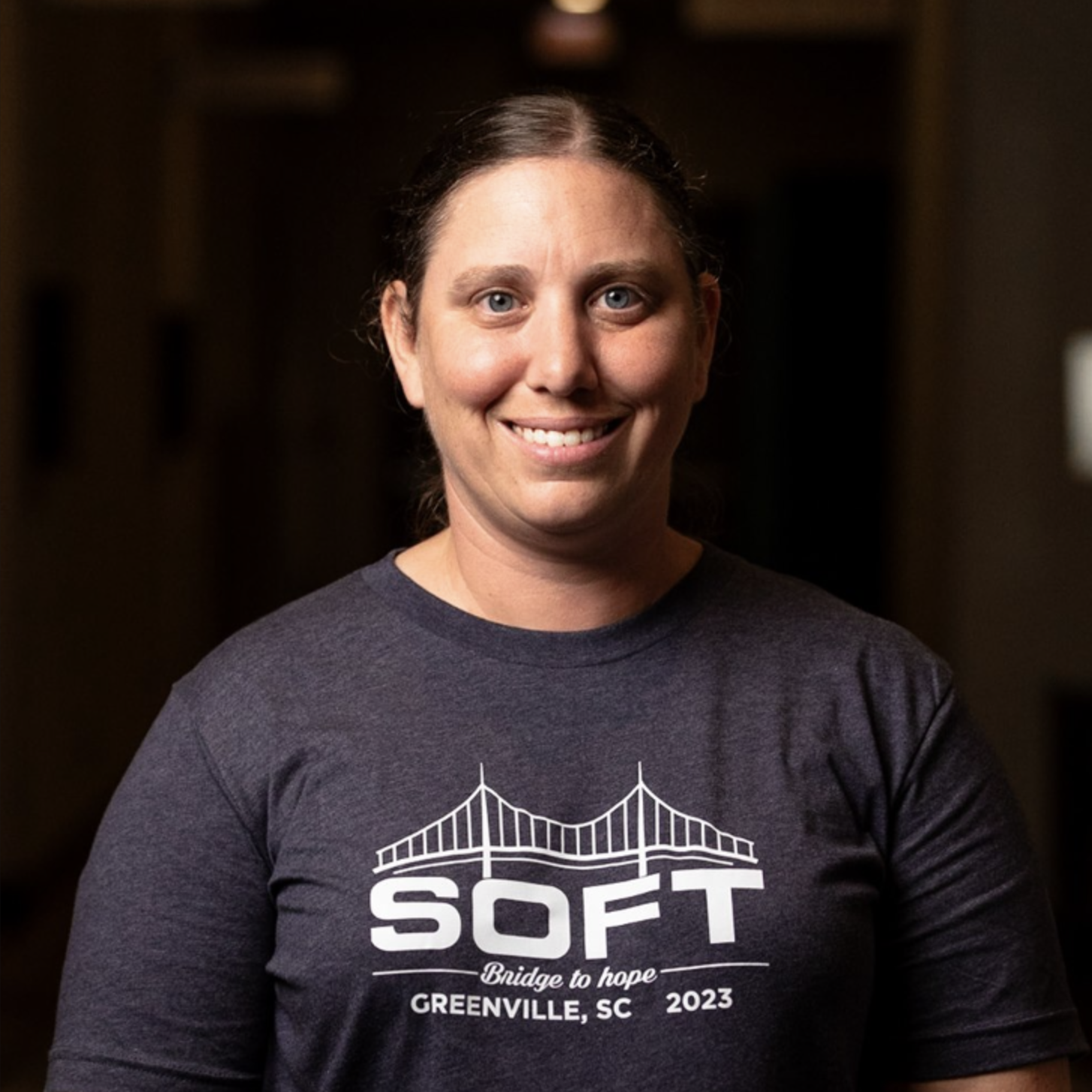



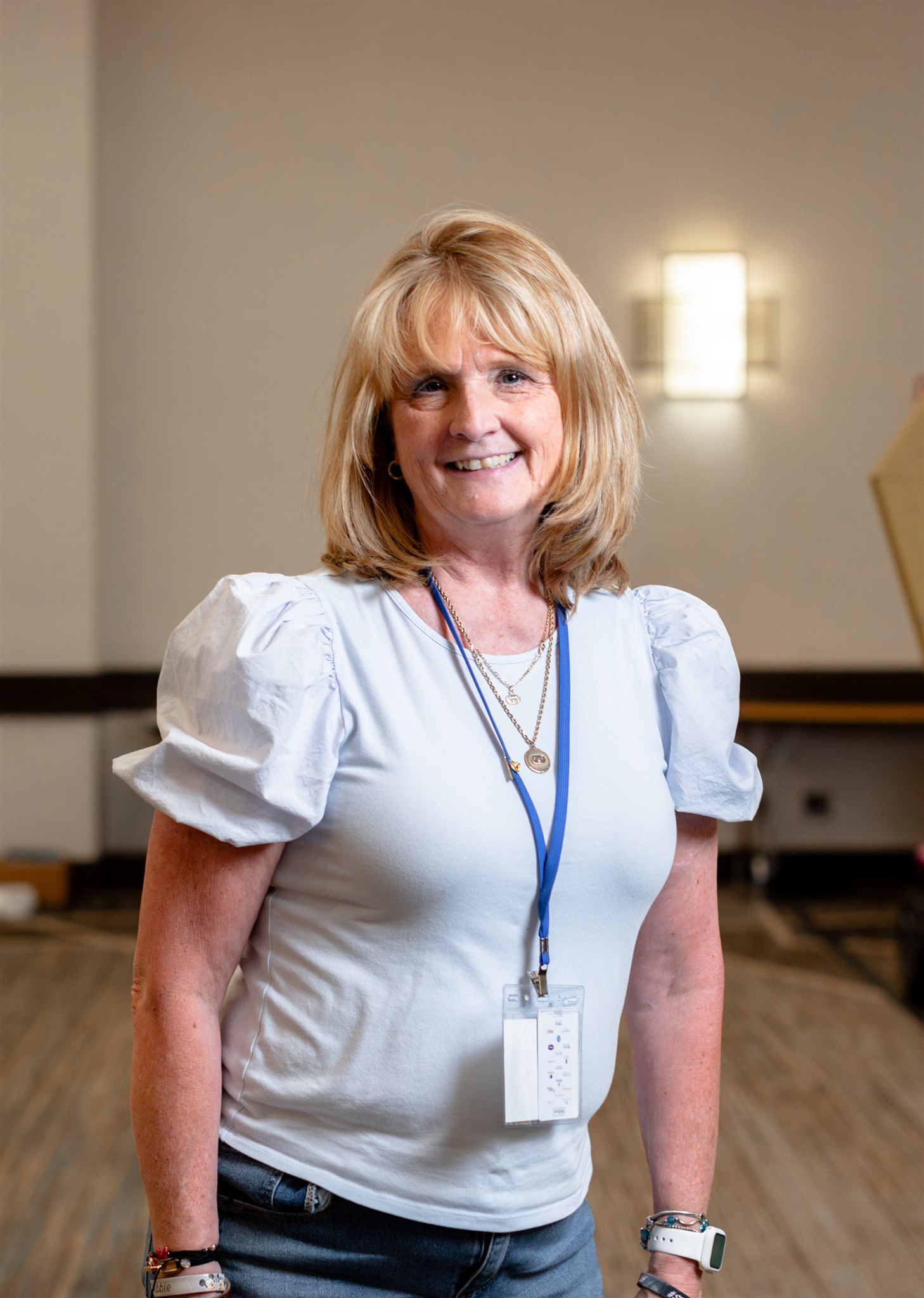
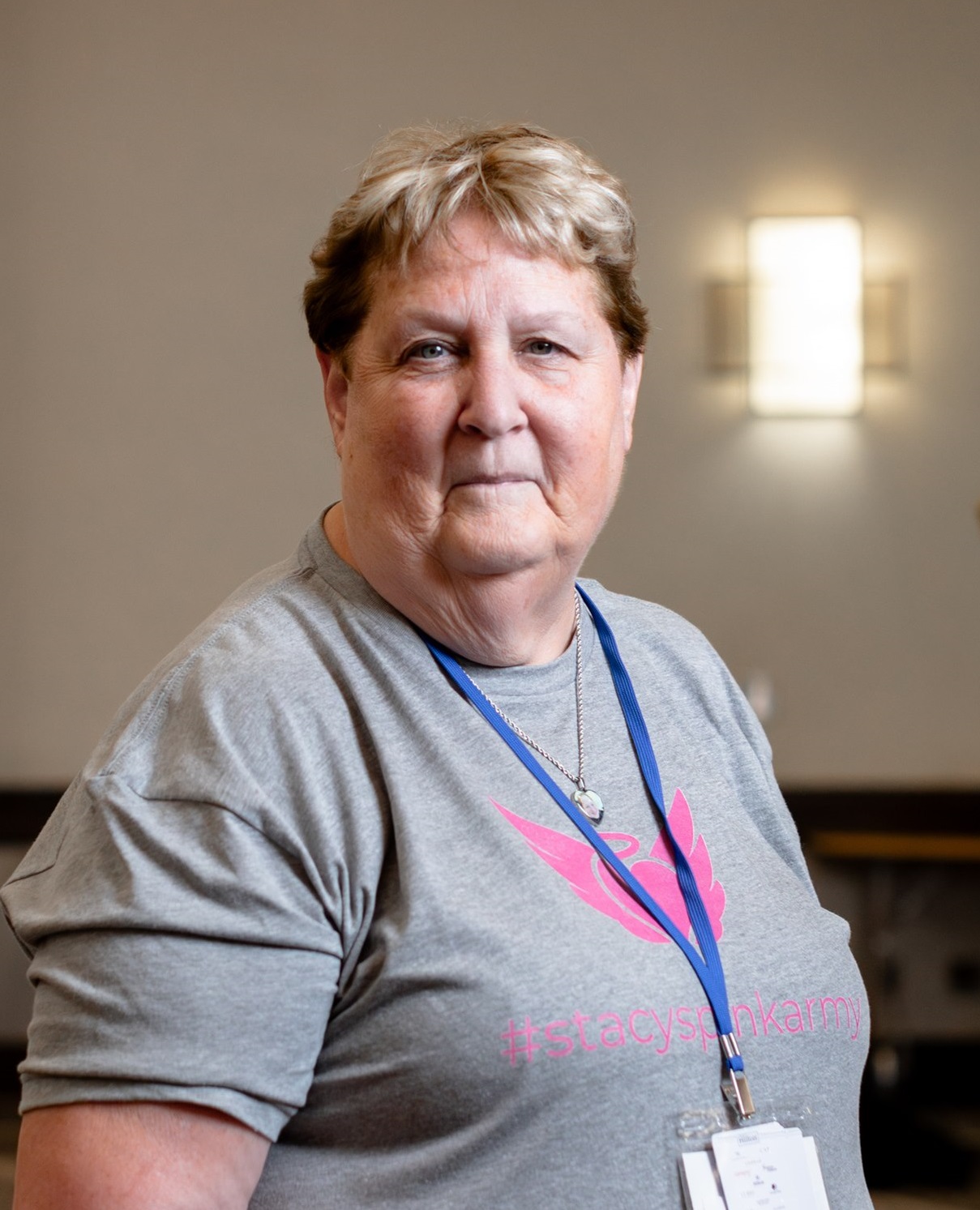

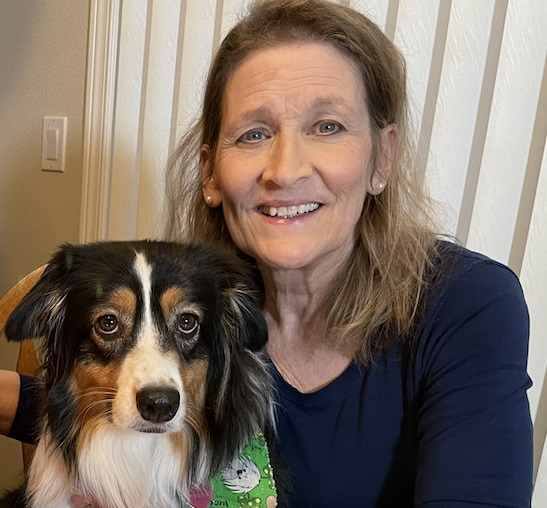
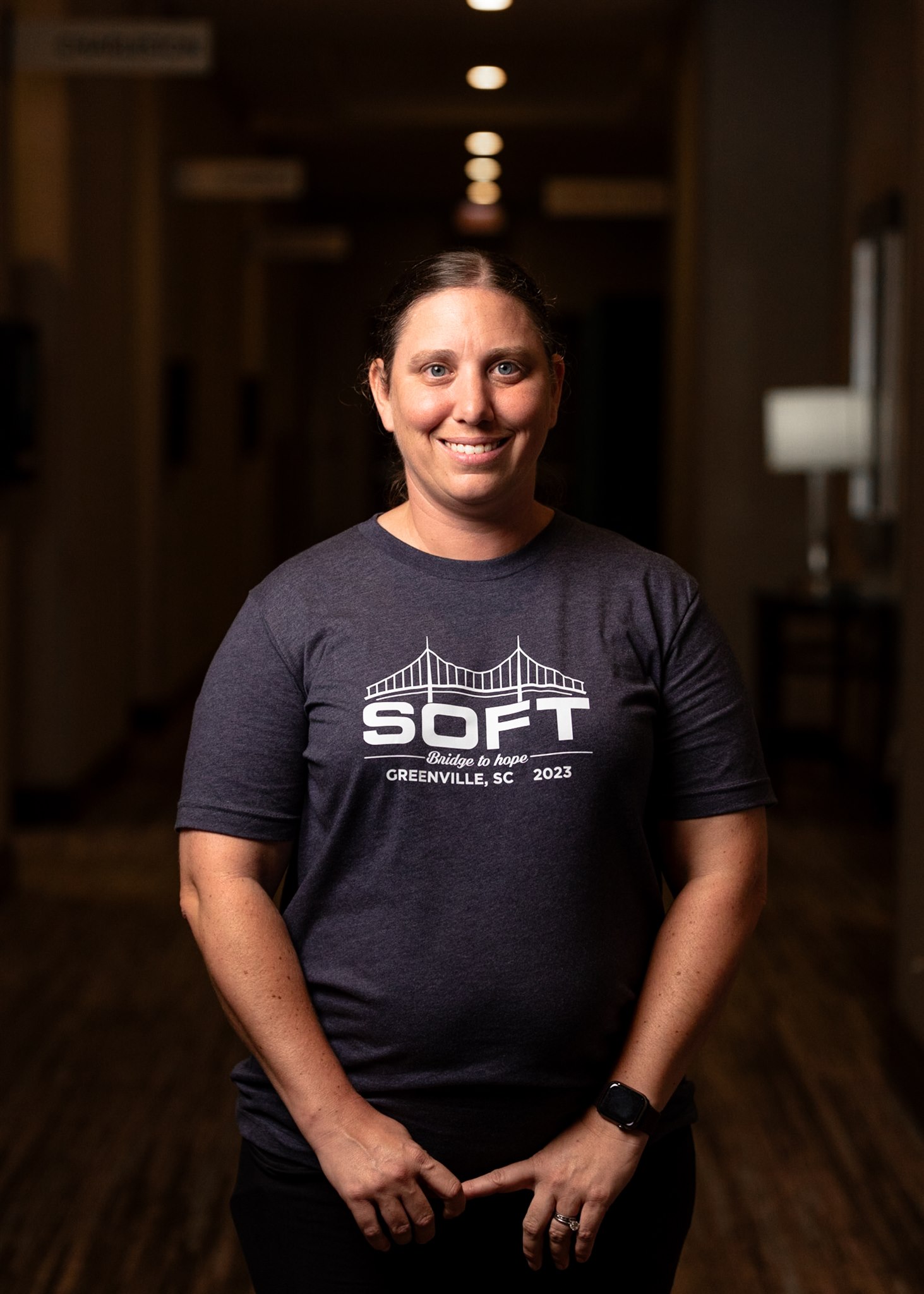


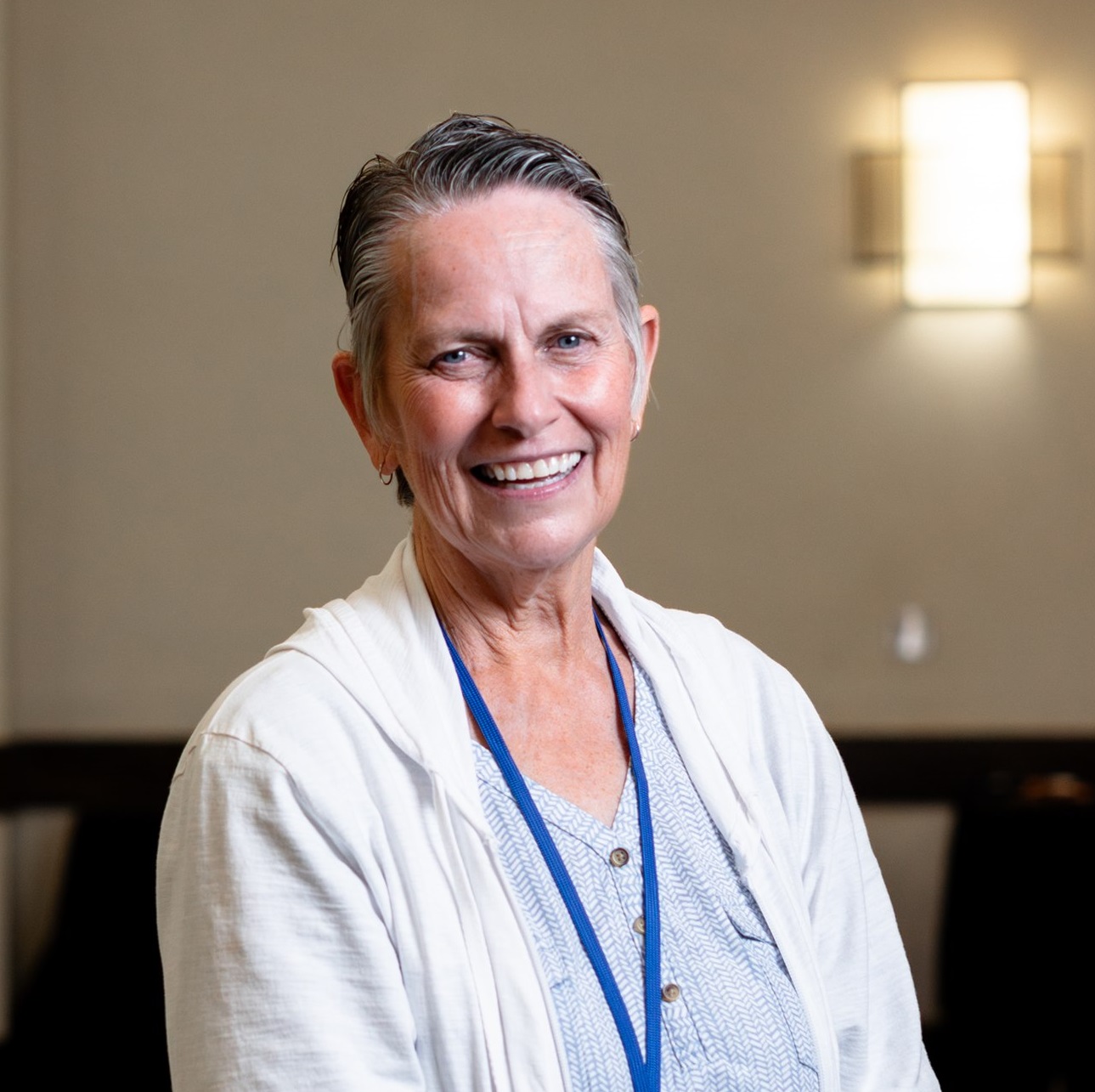

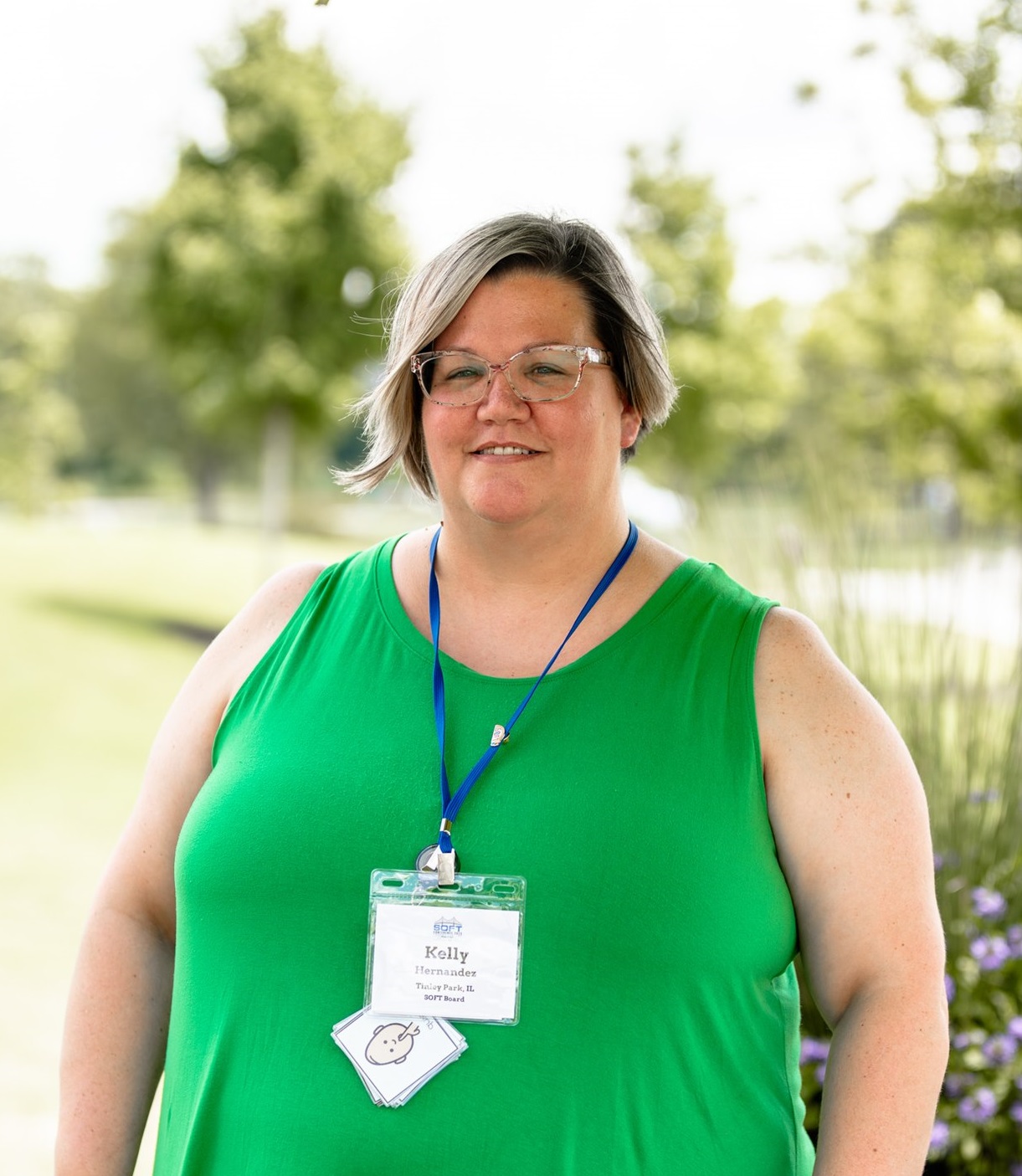
Recent Comments